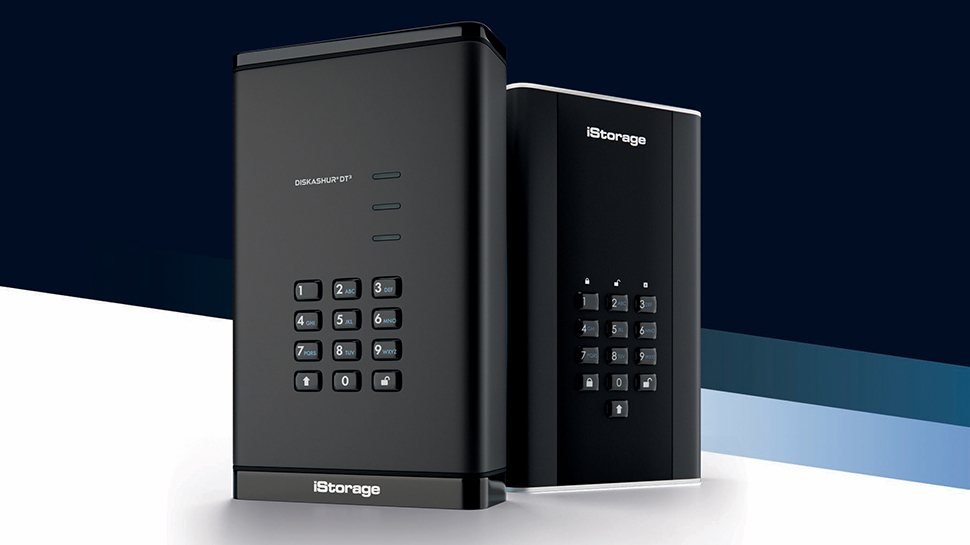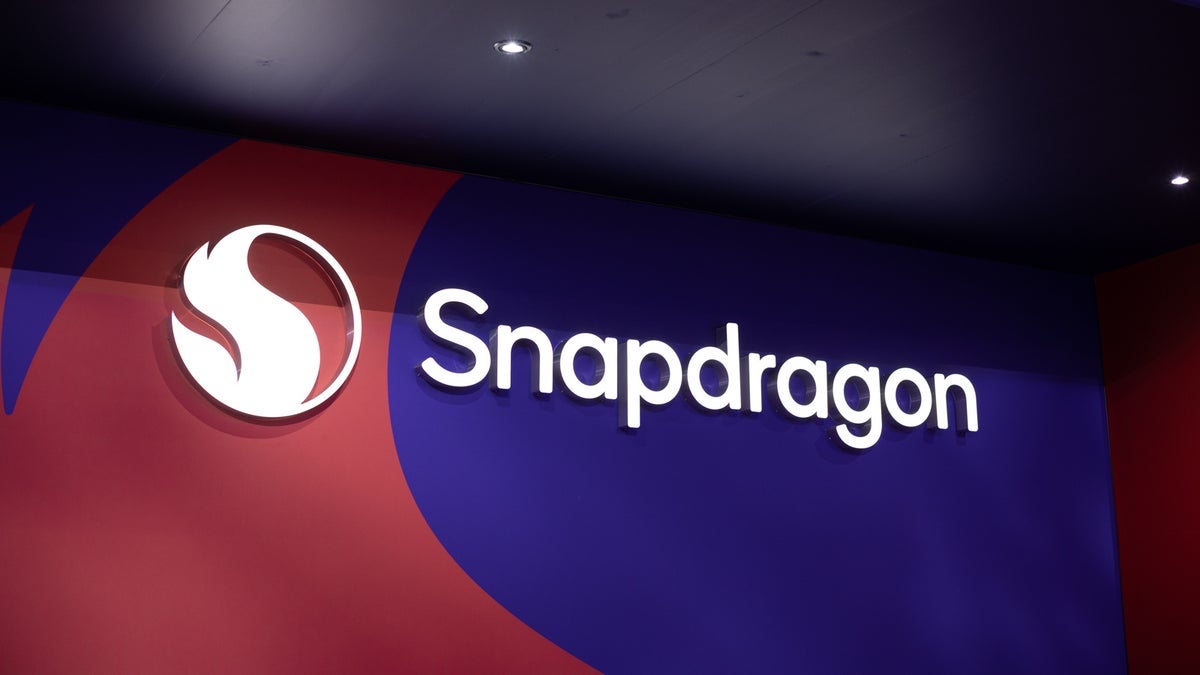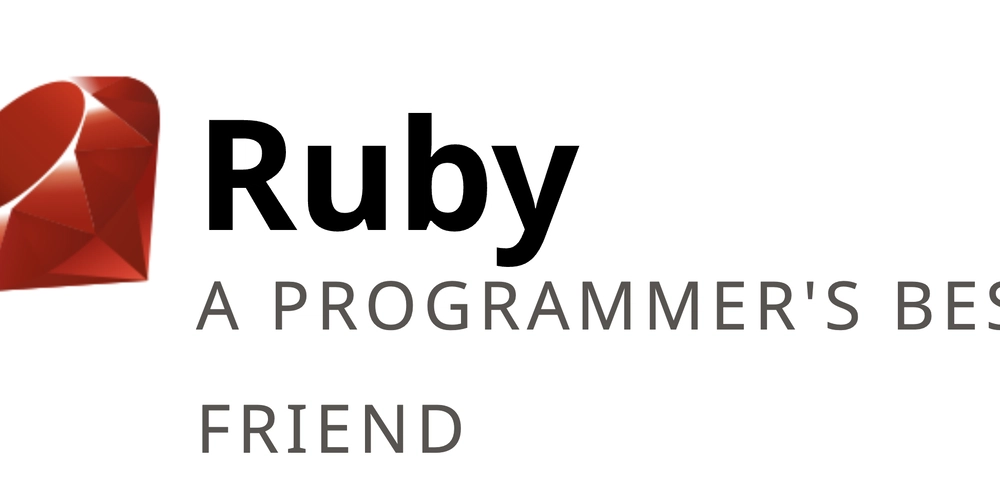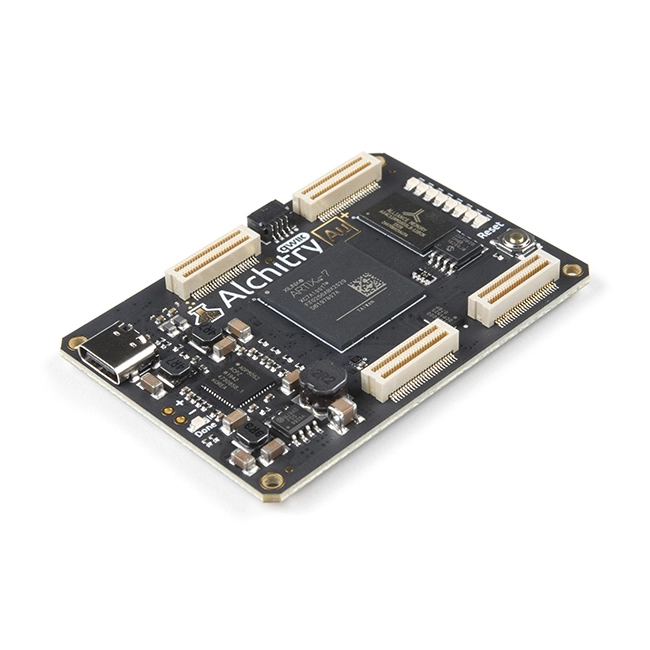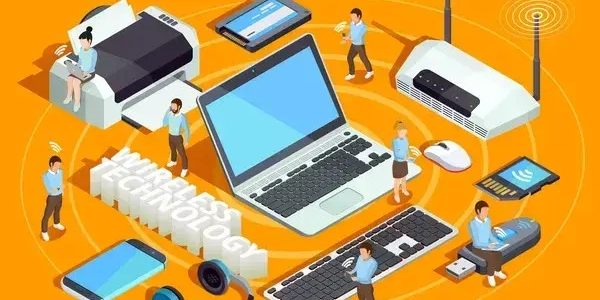Intel's Open Source Hardware and Blockchain Initiatives
Abstract: This post delves into Intel’s pioneering strategies in open source hardware and blockchain technologies, outlining its key initiatives such as the Open FPGA Stack, RISC-V, OneAPI, and Hyperledger Sawtooth. By connecting hardware innovation with blockchain infrastructure, Intel fosters a collaborative technology ecosystem that promises enhanced security, scalability, and sustainability. We discuss background, core concepts, practical use cases, challenges, and future outlook while providing detailed comparisons, relevant tables, and curated links—including insights from related Dev.to posts—to guide developers and tech enthusiasts in navigating these transformative fields. Introduction Intel has long been at the forefront of technology innovation. In recent years, the company has strategically embraced open source hardware and blockchain technology to drive future-proof solutions. This blog post explores how initiatives such as Intel’s Open FPGA Stack, collaboration with RISC-V, and the versatile OneAPI enable robust hardware development and integration across multiple platforms, and how their blockchain projects, including Hyperledger Sawtooth, pave the way for secure, scalable, and energy-efficient systems. By combining these seemingly separate disciplines, Intel is poised to address modern challenges in device interoperability, data security, and supply chain transparency. In this post, we cover the background and context of these initiatives, examine core features, and discuss practical use cases that illustrate Intel’s significant contributions to both domains. Background and Context The Evolution of Open Source Hardware Open source hardware represents a movement where designs are shared broadly, enabling collaboration and innovation. Intel’s leadership in this field is characterized by initiatives aimed at reducing development costs and accelerating technology adoption. Key definitions and context include: Open Source Hardware: Hardware whose design is publicly shared so anyone can study, modify, and distribute it. FPGA (Field-Programmable Gate Array): Integrated circuits that can be configured by the customer after manufacturing. Intel’s Open FPGA Stack is an excellent example of modular, open hardware support. Historically, proprietary hardware limited collaboration whereas the shift toward open source allows for transparent development. Intel’s involvement signifies a commitment to creating a more inclusive technology community that is driven by cross-industry standards and collaborative contributions. The Rise of Blockchain Technology Blockchain is a distributed ledger system that ensures data integrity through cryptographic methods. Intel’s blockchain endeavors, particularly through projects like Hyperledger Sawtooth, leverage blockchain’s security, decentralization, and efficiency properties. Key aspects include: Proof-of-Elapsed-Time (PoET): An energy-efficient consensus mechanism invented by Intel that ensures a democratic block selection process. Trusted Execution Environments: Secure processors used to shield critical data and code execution during blockchain operations. Blockchain is making waves in industries ranging from finance to supply chain management. With the integration of blockchain into open source hardware, Intel is bridging data security and transparency with high-performance hardware development. Core Concepts and Features Intel’s initiatives in both open source hardware and blockchain technology are built on several core pillars: 1. Open Source Hardware Initiatives Intel’s Open FPGA Stack: This initiative provides a modular ecosystem that enables efficient FPGA utilization for data centers and edge computing. The stack helps streamline design processes and reduce entry costs, making advanced computing more accessible. RISC-V Collaboration: By supporting the RISC-V instruction set architecture, Intel fosters an open standard that encourages innovation in processor design. This collaboration allows a broader community to contribute to diverse processing solutions. OneAPI Platform: OneAPI brings together heterogeneous computing resources. Developers benefit from a unified programming model that bridges CPUs, GPUs, and FPGAs. This model simplifies toolchains and accelerates product development across different platforms. 2. Blockchain Technology Initiatives Hyperledger Sawtooth: Underpinned by Intel’s innovative PoET model, Hyperledger Sawtooth prioritizes scalability and modularity in blockchain deployments. This ledger is designed for enterprise-grade applications and supports secure, efficient transactions. Trustworthy Computing: Intel’s initiatives emphasize building secure platforms using trusted execution environments (TEEs). TEEs enhance blockchain application reliability by isolating sensitive operations from potential threats. Blockchain Standards Contrib
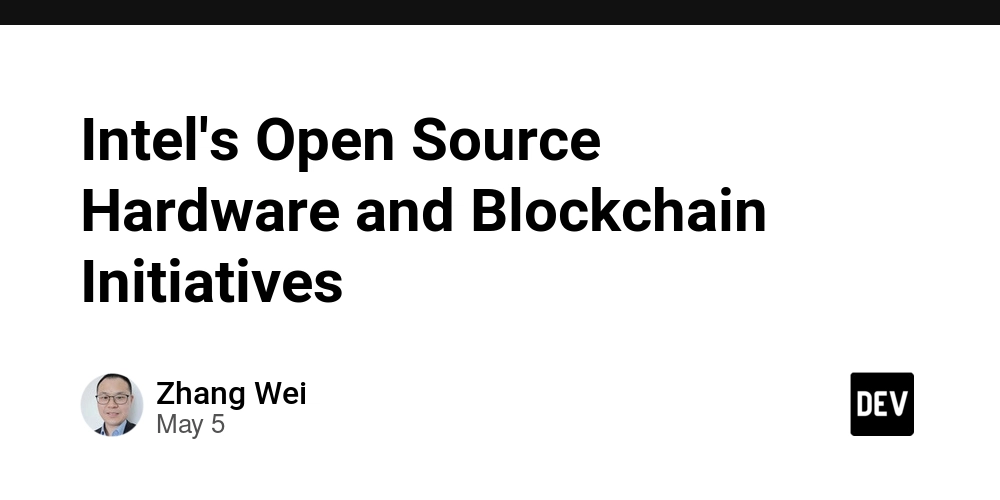
Abstract:
This post delves into Intel’s pioneering strategies in open source hardware and blockchain technologies, outlining its key initiatives such as the Open FPGA Stack, RISC-V, OneAPI, and Hyperledger Sawtooth. By connecting hardware innovation with blockchain infrastructure, Intel fosters a collaborative technology ecosystem that promises enhanced security, scalability, and sustainability. We discuss background, core concepts, practical use cases, challenges, and future outlook while providing detailed comparisons, relevant tables, and curated links—including insights from related Dev.to posts—to guide developers and tech enthusiasts in navigating these transformative fields.
Introduction
Intel has long been at the forefront of technology innovation. In recent years, the company has strategically embraced open source hardware and blockchain technology to drive future-proof solutions. This blog post explores how initiatives such as Intel’s Open FPGA Stack, collaboration with RISC-V, and the versatile OneAPI enable robust hardware development and integration across multiple platforms, and how their blockchain projects, including Hyperledger Sawtooth, pave the way for secure, scalable, and energy-efficient systems.
By combining these seemingly separate disciplines, Intel is poised to address modern challenges in device interoperability, data security, and supply chain transparency. In this post, we cover the background and context of these initiatives, examine core features, and discuss practical use cases that illustrate Intel’s significant contributions to both domains.
Background and Context
The Evolution of Open Source Hardware
Open source hardware represents a movement where designs are shared broadly, enabling collaboration and innovation. Intel’s leadership in this field is characterized by initiatives aimed at reducing development costs and accelerating technology adoption. Key definitions and context include:
- Open Source Hardware: Hardware whose design is publicly shared so anyone can study, modify, and distribute it.
- FPGA (Field-Programmable Gate Array): Integrated circuits that can be configured by the customer after manufacturing. Intel’s Open FPGA Stack is an excellent example of modular, open hardware support.
Historically, proprietary hardware limited collaboration whereas the shift toward open source allows for transparent development. Intel’s involvement signifies a commitment to creating a more inclusive technology community that is driven by cross-industry standards and collaborative contributions.
The Rise of Blockchain Technology
Blockchain is a distributed ledger system that ensures data integrity through cryptographic methods. Intel’s blockchain endeavors, particularly through projects like Hyperledger Sawtooth, leverage blockchain’s security, decentralization, and efficiency properties. Key aspects include:
- Proof-of-Elapsed-Time (PoET): An energy-efficient consensus mechanism invented by Intel that ensures a democratic block selection process.
- Trusted Execution Environments: Secure processors used to shield critical data and code execution during blockchain operations.
Blockchain is making waves in industries ranging from finance to supply chain management. With the integration of blockchain into open source hardware, Intel is bridging data security and transparency with high-performance hardware development.
Core Concepts and Features
Intel’s initiatives in both open source hardware and blockchain technology are built on several core pillars:
1. Open Source Hardware Initiatives
Intel’s Open FPGA Stack:
This initiative provides a modular ecosystem that enables efficient FPGA utilization for data centers and edge computing. The stack helps streamline design processes and reduce entry costs, making advanced computing more accessible.RISC-V Collaboration:
By supporting the RISC-V instruction set architecture, Intel fosters an open standard that encourages innovation in processor design. This collaboration allows a broader community to contribute to diverse processing solutions.OneAPI Platform:
OneAPI brings together heterogeneous computing resources. Developers benefit from a unified programming model that bridges CPUs, GPUs, and FPGAs. This model simplifies toolchains and accelerates product development across different platforms.
2. Blockchain Technology Initiatives
Hyperledger Sawtooth:
Underpinned by Intel’s innovative PoET model, Hyperledger Sawtooth prioritizes scalability and modularity in blockchain deployments. This ledger is designed for enterprise-grade applications and supports secure, efficient transactions.Trustworthy Computing:
Intel’s initiatives emphasize building secure platforms using trusted execution environments (TEEs). TEEs enhance blockchain application reliability by isolating sensitive operations from potential threats.Blockchain Standards Contributions:
Participation in consortia such as the Enterprise Ethereum Alliance illustrates Intel’s role in shaping widespread industry standards. These efforts are key to achieving interoperability across various blockchain systems.
3. The Intersection of Open Source Hardware and Blockchain
The convergence of these two technologies creates significant opportunities:
Blockchain-Enabled Open Hardware:
By enabling blockchain-based reward systems, open source hardware projects can achieve transparent, decentralized funding and recognition. For more insights, check out the discussion on blockchain and open source licensing.Decentralized Hardware and IoT Security:
Leveraging blockchain in IoT networks enhances device security and data provenance. See more details on blockchain and IoT.Supply Chain Transparency:
Using blockchain to reinforce supply chain integrity is crucial. Intel’s potential use cases include tracking component authenticity across global networks. Further study can be found at blockchain in supply chain.
Below is an illustrative table comparing some key features of Intel’s hardware and blockchain strategies:
| Feature | Open Source Hardware | Blockchain Technology |
|---|---|---|
| Key Initiative | Open FPGA Stack, OneAPI | Hyperledger Sawtooth, TEEs |
| Core Benefit | Enhanced modularity & reduced development costs | Energy-efficient consensus & secure transactions |
| Primary Application | Data centers and edge devices | Enterprise solutions and supply chain transparency |
| Industry Impact | Hardware democratization & innovation | Decentralized governance and data integrity |
Applications and Use Cases
Intel’s dual-initiative approach finds practical applications across several sectors. Here are some examples:
Data Centers and Cloud Infrastructure:
By leveraging the Open FPGA Stack and OneAPI, Intel is optimizing data center performance. These technologies enable enhanced parallel computing and resource sharing, which are crucial for cloud service providers.Internet of Things (IoT) Networks:
The integration of blockchain into IoT networks improves security and management across millions of connected devices. Intel’s innovations ensure that IoT devices operate with trusted data integrity and reduced vulnerability to cyber threats.Supply Chain Management:
Blockchain facilitates end-to-end transparency in supply chains. With initiatives like TEEs and hardware-based security modules, Intel can ensure that every component—from manufacturing to delivery—remains authentic and verifiable. This is particularly valuable in industries where counterfeiting is a major concern.Decentralized Open Hardware Projects:
Open source communities can benefit from blockchain by tracking contributions and distributing rewards transparently. The emerging concept of blockchain-enabled open hardware leverages smart contracts and decentralized ledgers for managing licenses and contributions. For more details, visit the sustainable blockchain practices page.
Challenges and Limitations
Despite the significant promise, Intel’s initiatives are not without challenges. Some key issues include:
Energy Consumption:
While Intel’s PoET mechanism is designed to reduce energy consumption compared to traditional blockchain consensus mechanisms, the overall energy demands of blockchain systems remain a challenge. Balancing performance and sustainability is essential for mass adoption.Standardization and Interoperability:
The lack of universal standards in both open source hardware and blockchain increases integration complexities. Interoperability challenges persist as legacy systems upgrade to new technology stacks. More on these challenges can be found at the blockchain interoperability page.Adoption Barriers:
Transitioning traditional enterprises to embrace open source hardware and blockchain can be met with resistance due to entrenched legacy systems, security concerns, and concerns over intellectual property rights. Overcoming these barriers requires careful policy formulation and community engagement.Security Threats:
While trusted execution environments provide added layers of security, vulnerabilities can still occur. Robust testing and continuous monitoring are necessary to safeguard both hardware and blockchain networks from cyber attacks.
Future Outlook and Innovations
The future is bright for the convergence of open source hardware and blockchain technology. Emerging trends and predicted innovations include:
Evolution of Decentralized Hardware Platforms:
Future development may see fully decentralized hardware ecosystems, where blockchain is used to manage resource allocation and licensing in real time. This convergence will likely lead to faster innovation cycles and a reduction in costs.Integration with Artificial Intelligence (AI):
The upcoming era might witness AI-driven optimizations in both hardware design and blockchain consensus mechanisms. Intel’s research into integrating AI with open source hardware could lead to more adaptive and efficient systems.Improved Sustainability and Energy Efficiency:
Innovations in energy-efficient chip designs and blockchain consensus models are expected, providing new solutions to current energy consumption challenges. Continuous improvements in TEEs and energy-aware scheduling algorithms will be central to these advancements.Enhanced Supply Chain Transparency:
Future applications of blockchain in supply chain management will further reduce fraud and enhance traceability, especially as industries adopt more interconnected and interoperable standards.Broader Adoption through Collaborative Funding Models:
New financial models, including blockchain-based crowdfunding and open source grants, will likely become common. These models not only provide funding but also incentivize contributions through decentralized reward systems. The article on GitHub Sponsors and blockchain integration discusses such trends.
To help summarize these trends, here is a bullet list of key future innovations:
- Decentralized hardware platforms for real-time resource management.
- AI integration for adaptive consensus mechanisms and hardware optimization.
- Energy-efficient chip designs coupled with sustainable blockchain practices.
- Enhanced supply chain transparency using blockchain-based tracking.
- Innovative crowdfunding and grant systems for open source development.
Summary
Intel’s strategic ventures into open source hardware and blockchain illustrate a bold move toward a future driven by collaboration and innovation. By focusing on initiatives like the Open FPGA Stack, RISC-V collaboration, and OneAPI on the hardware side, and harnessing the power of Hyperledger Sawtooth and trusted computing environments on the blockchain side, Intel is establishing a robust foundation for future technological ecosystems.
Key takeaways include:
- Enhanced hardware performance through modular design and interoperability.
- Improved data integrity and security using blockchain-based solutions such as PoET and TEEs.
- A promising future where blockchain-enabled open hardware platforms might fundamentally transform how devices are developed, managed, and maintained.
While challenges such as energy consumption, standardization hurdles, and security vulnerabilities persist, ongoing research and innovations are paving the way for sustainable adoption. The convergence of open source hardware with blockchain promises to redefine industry standards by enhancing transparency, reducing costs, and democratizing technological development.
For those eager to dive deeper, consider visiting Intel’s official website at Intel and learning more about Hyperledger Sawtooth. Additionally, you can read the original article on Intel’s Open Source Hardware and Blockchain Initiatives for more context.
Further perspectives on these topics can also be found in relevant discussions such as:
- Fair Code: A Balanced Approach to Sustainable Software Licensing
- Exploring the Intersection of Cyberwarfare and Open Source License Compliance
- Arbitrum Sequencer: Transforming Ethereum’s Capabilities
Final Thoughts
Intel’s dual focus on open source hardware and blockchain innovation reveals an exciting era of technological convergence. By reducing barriers to hardware development and implementing secure, scalable blockchain systems, Intel is not only overcoming current challenges but is also setting new standards for industry-wide collaboration.
This integrated approach is likely to inspire more organizations to adopt sustainable and transparent technologies, ultimately benefiting the broader ecosystem of developers, industries, and end users alike. With continued investments and community engagement, the future of open source hardware and blockchain looks brighter than ever.
Stay tuned as these technologies continue to evolve and reshape our digital world!





































































































































































![[The AI Show Episode 145]: OpenAI Releases o3 and o4-mini, AI Is Causing “Quiet Layoffs,” Executive Order on Youth AI Education & GPT-4o’s Controversial Update](https://www.marketingaiinstitute.com/hubfs/ep%20145%20cover.png)





























































































































![[DEALS] Microsoft 365: 1-Year Subscription (Family/Up to 6 Users) (23% off) & Other Deals Up To 98% Off – Offers End Soon!](https://www.javacodegeeks.com/wp-content/uploads/2012/12/jcg-logo.jpg)



![From Art School Drop-out to Microsoft Engineer with Shashi Lo [Podcast #170]](https://cdn.hashnode.com/res/hashnode/image/upload/v1746203291209/439bf16b-c820-4fe8-b69e-94d80533b2df.png?#)




















![Re-designing a Git/development workflow with best practices [closed]](https://i.postimg.cc/tRvBYcrt/branching-example.jpg)




















































































(1).jpg?#)





























_Inge_Johnsson-Alamy.jpg?width=1280&auto=webp&quality=80&disable=upscale#)































































































![The Material 3 Expressive redesign of Google Clock leaks out [Gallery]](https://i0.wp.com/9to5google.com/wp-content/uploads/sites/4/2024/03/Google-Clock-v2.jpg?resize=1200%2C628&quality=82&strip=all&ssl=1)
![What Google Messages features are rolling out [May 2025]](https://i0.wp.com/9to5google.com/wp-content/uploads/sites/4/2023/12/google-messages-name-cover.png?resize=1200%2C628&quality=82&strip=all&ssl=1)














![New Apple iPad mini 7 On Sale for $399! [Lowest Price Ever]](https://www.iclarified.com/images/news/96096/96096/96096-640.jpg)
![Apple to Split iPhone Launches Across Fall and Spring in Major Shakeup [Report]](https://www.iclarified.com/images/news/97211/97211/97211-640.jpg)
![Apple to Move Camera to Top Left, Hide Face ID Under Display in iPhone 18 Pro Redesign [Report]](https://www.iclarified.com/images/news/97212/97212/97212-640.jpg)
![Apple Developing Battery Case for iPhone 17 Air Amid Battery Life Concerns [Report]](https://www.iclarified.com/images/news/97208/97208/97208-640.jpg)
















